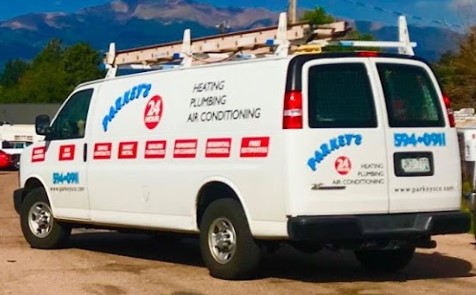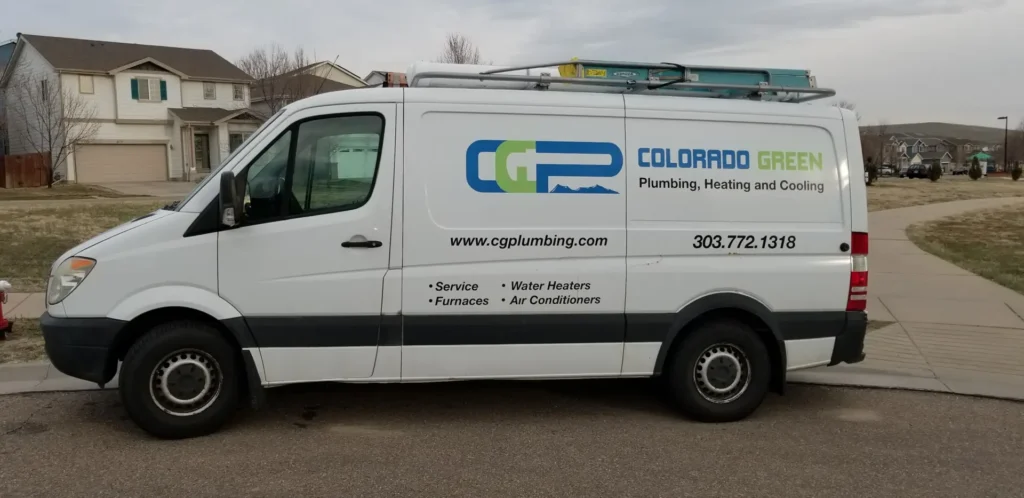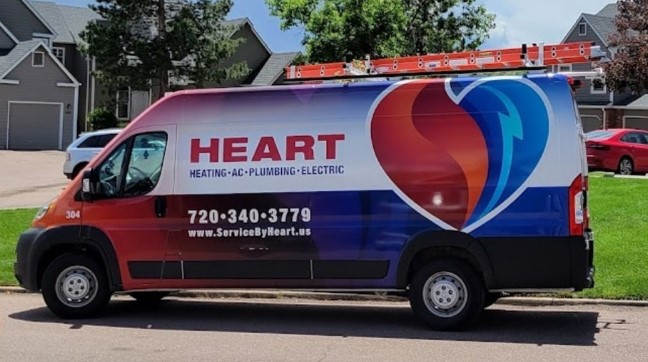Radiant floor heating, also known as underfloor heating, is a space heating system that distributes heat evenly throughout a room by heating the floor. This is in contrast to forced air heating systems, which heat the air and then circulate it throughout the room. Radiant floor heating can be used as a primary or supplemental heating source, and it is becoming increasingly popular in both residential and commercial buildings.
Get your radiant floor heating installed today by our local experts.
Parkey’s Heating, Plumbing, & Air Conditioning

Colorado Green Plumbing, Heating and Cooling

Affordable Plumbing, Heat & Electrical

Heart Heating, Cooling, Plumbing & Electric

HIGH ALTITUDE HEATING & AIR

Radiant Floor Heating
Radiant floor heating, also known as underfloor heating, is a type of space heating system that distributes heat evenly throughout a room by heating the floor. This is a major difference from conventional forced-air heating systems, which heat the air and then circulate it around the room. Radiant floor heating systems can be either hydronic (water-based) or electric.
Hydronic systems use a boiler to heat water, which is then circulated through a network of pipes embedded in the floor. The heat from the water warms the floor, which in turn radiates heat into the room.
Electric systems use electric cables or mats embedded in the floor to generate heat. The cables or mats are connected to a thermostat, which controls the temperature of the system.
Energy-efficient radiant floor heating
Radiant floor heating systems are becoming increasingly popular because of their many advantages, including:
- Energy efficiency: Systems are more energy efficient than forced-air heating systems because they do not require fans to circulate the air. This can save you money on your energy bills.
- Comfort: Provides a more comfortable and even heat than forced-air heating systems. This is because the heat is distributed evenly throughout the room, and there are no cold spots or drafts.
- Health: Systems can improve indoor air quality by reducing the amount of dust and allergens in the air. This is because they do not circulate the air, which can stir up dust and allergens.
- Quietness:Systems are very quiet, making them ideal for bedrooms and other areas where you want to minimize noise.
- Durability: Systems are very durable and can last for many years.
If you are considering installing a radiant floor heating system in your home, there are a few things you should keep in mind:
- The cost: Systems can be more expensive to install than forced-air heating systems. However, the long-term savings on energy bills can offset the initial cost.
- The type of system: Hydronic systems are more efficient than electric radiant floor heating systems, but they are also more expensive to install. Electric systems are a good option for smaller spaces or for retrofitting existing homes.
- The installation: Systems should be installed by a qualified professional. Improper installation can lead to problems with the system.
Frequently Asked Questions (FAQs) About Installations of Radiant Floor Heating
How does radiant floor heating work?
Systems consist of a network of pipes or cables that are embedded in the subfloor. Hot water or electricity is circulated through these pipes or cables, which heats the floor. The warm floor then radiates heat into the room, warming the objects and people in the space.
What are the benefits of radiant floor heating?
Offers a number of benefits over traditional forced-air heating systems, including:
- More comfortable heating: Radiant heat provides a more even and comfortable heat distribution than forced-air heating. This is because radiant heat warms objects in the room directly, rather than heating the air.
- Energy efficiency: systems can be very energy efficient, especially when used with a condensing boiler or heat pump. This is because radiant heat systems operate at lower temperatures than forced-air systems.
- Quiet operation: systems are very quiet, as there are no fans or blowers involved.
- Low maintenance: systems are relatively low maintenance, as there are no moving parts to wear out.
What are the different types of radiant floor heating systems?
There are two main types of radiant floor heating systems: hydronic and electric.
- Hydronic systems use hot water to heat the floor. The hot water is typically circulated through a network of PEX tubing that is embedded in the subfloor.
- Electric systems use electricity to heat the floor. The electricity is typically passed through a network of heating cables that are embedded in the subfloor.
How much does it cost to install radiant floor heating?
The cost of installing can vary depending on a number of factors, including the size of the area being heated, the type of system being installed, and the complexity of the installation. However, as a general rule of thumb, you can expect to pay between $5 and $15 per square foot for professional installation.
